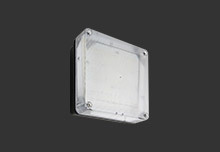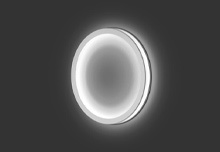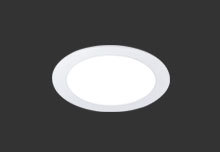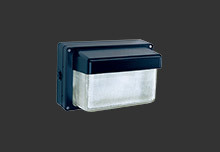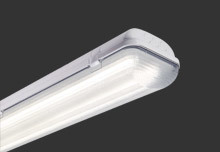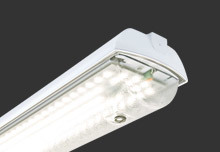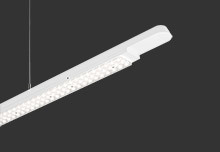IBRB, University of Warwick
Warwick, United Kingdom
The new Interdisciplinary Biomedical Research Building (IBRB) includes state-of-the art laboratory space where researchers
investigate how cells and tissues perform mechanical functions. The facility also houses world-class research in neuroscience,
microbiology and infection, cell biology, and disease models, supporting and facilitating interdisciplinary biomedical
research of the highest quality. The IBRB is the university’s most environmentally sustainable space on campus so far. It demonstrates real progress
towards the university’s aim of reaching net zero carbon from direct emissions and the energy it buys by 2030.
Applications Covered:
The Challenge
As an established supplier, Thorlux Lighting was asked to design an installation that would both complement
the architecture of the building while providing a low energy and low maintenance lighting solution.
The Solution
High performance LED luminaires combined with the SmartScan wireless management system were selected for all
areas within the IBRB. Integral Smart sensors within the luminaires monitor ambient light and presence, control output
to the correct level, dim and switch when there is sufficient daylight and illuminate only when the area is occupied.
Lighting controls that combine maintained illuminance, daylight dimming and presence detection will maximise
energy savings, in some instances in excess of 70%. Information is displayed on the SmartScan website which can be accessed from anywhere using a computer, laptop, tablet or smart-phone. The clear graphical user interface provides an overview of the whole site, through to the
performance and operation of an individual luminaire.
The SmartScan system also has the ability to provide occupancy profiling information. The data collected from
the SmartScan Sensor, incorporated into the luminaire, can be used to monitor room occupancy even when the
lamp is turned off. SmartScan interactive drawings provide a simple and effective method of viewing system information.
The occupancy profile for each sensor is displayed by a range of colours from grey (no occupancy) through
to red (occupied continuously throughout the selected hour).
Within the laboratory areas Colour Active luminaires have been installed. The daily ColourActive cycle is configured
via the SmartScan website. Preset regimes follow the natural daylight rhythm, or specific settings can be set and
tailored as required. This gives the user complete freedom to set a colour temperature regime that suits the
building’s usage pattern. Colour temperatures are set at hourly intervals on the website, where they are processed and transmitted to the
building’s ColourActive Gateway. Changes in colour are gradual between settings.
As one of the university’s approved suppliers, Thorlux was set the challenge of creating an energy efficient, smart building lighting solution which complements the building’s architecture whilst also being low maintenance. I believe Thorlux has excelled in this and also brought innovation in the form of smart lighting controls and circadian rhythm simulation to meet user requirements.
Paul Holland
Electrical Design Engineer at the University of Warwick
Products Used
Systems and Services Used in this Project
SmartScan
Lighting management & emergency monitoring

